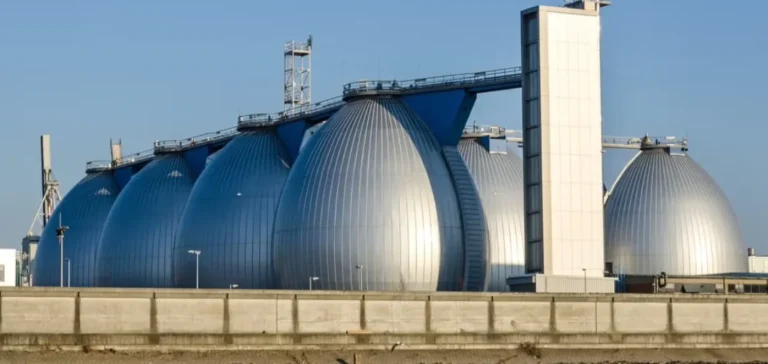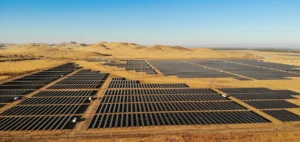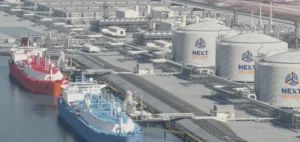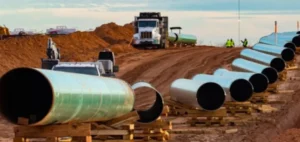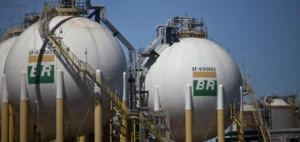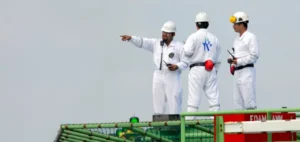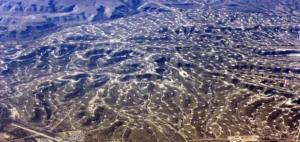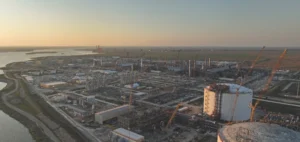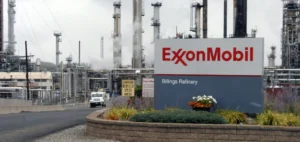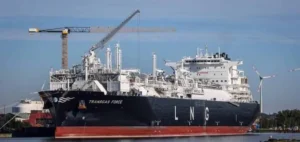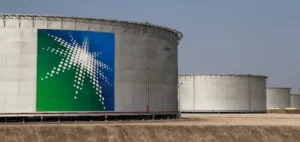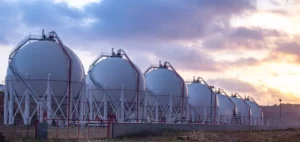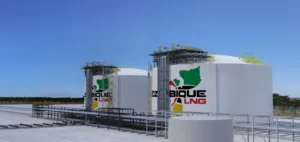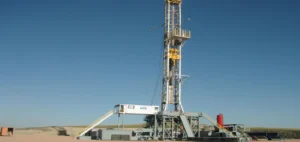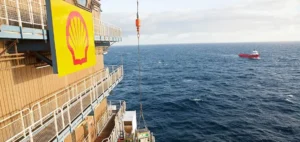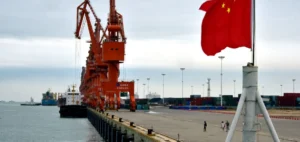Underground gas storage facilities across Europe now hold nearly 90 billion cubic metres (bcm) of natural gas, representing a fill rate of 81.6%, according to the latest data from Gas Infrastructure Europe. This level remains 6.5 percentage points below the average recorded at this time over the past five years and down from 93.6% in the previous year.
Regulatory target under pressure
The European Commission requires member states to reach a storage level of at least 90% between 1 October and 1 December, with a 10% flexibility margin permitted in the event of unfavourable filling conditions. As of ten days before the regulatory window, gas injection flows stood at 275 million cubic metres (mcm) on 20 September, while withdrawal volumes fell to 16 mcm.
Estimates show that the European Union must inject a net total of at least 61 bcm during the current filling season to meet the 90% target. The slow progress may add pressure to market dynamics and intensify pricing tensions.
LNG market and stable pricing
The average gas purchase price in Europe remained at around $394 per thousand cubic metres in both August and September. During the last heating season, European liquefied natural gas (LNG) imports totalled nearly 63 bcm, the third-highest figure recorded for that period.
In June, LNG deliveries reached 12.2 bcm, setting a monthly record before slowing down. However, with the onset of autumn, demand is rising again and regasification terminals are now operating at 47% of their capacity.
Weather conditions and wind output
Expected lower temperatures this week could increase gas demand, particularly in residential and industrial sectors. Meanwhile, the share of wind power in the EU’s electricity production stood at 14% in August before rising to around 19% in September, partially offsetting reliance on thermal power plants.
Market operators are closely monitoring climate developments and import trends as the European Union works to ensure stable energy supply ahead of winter.


